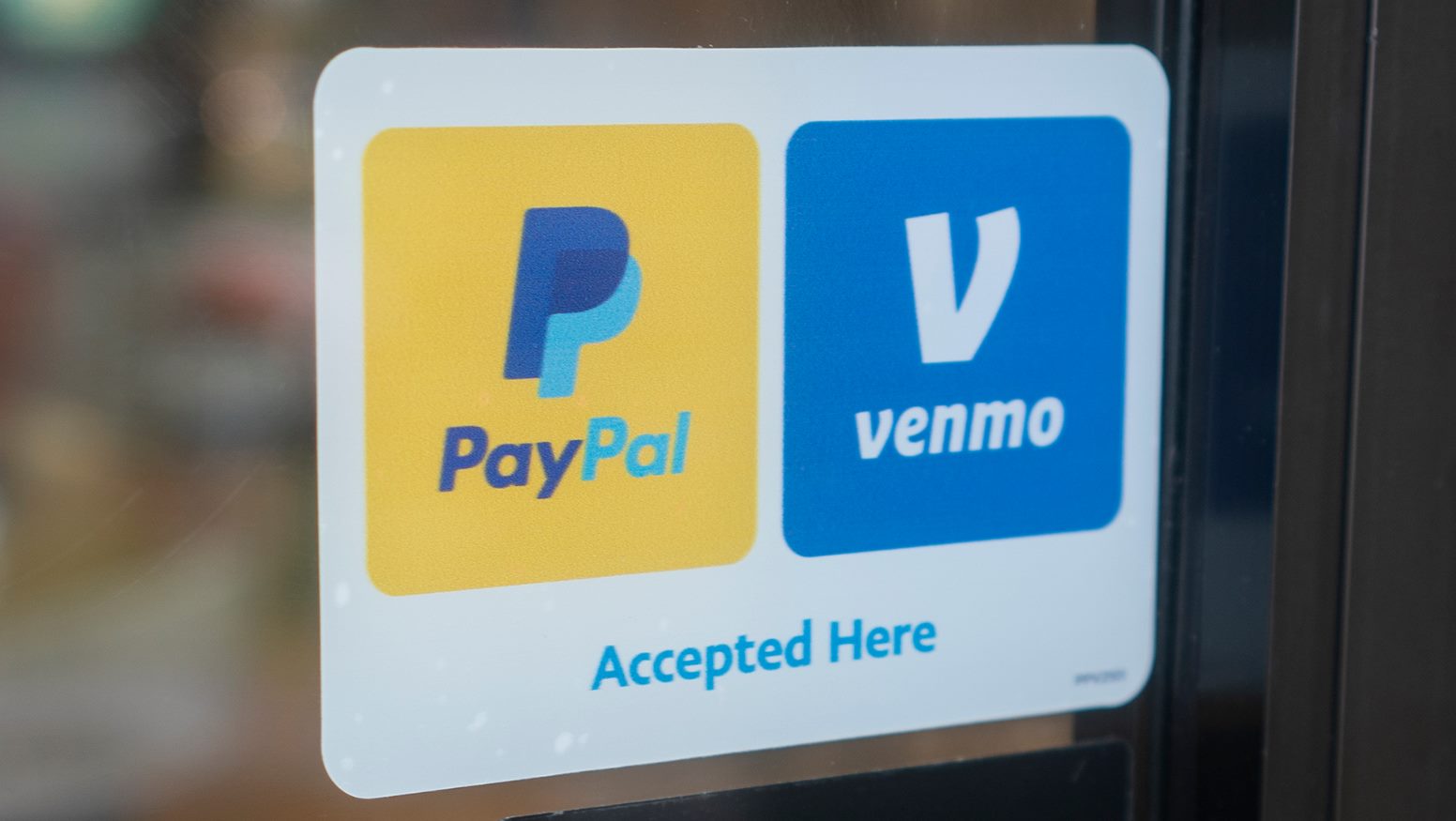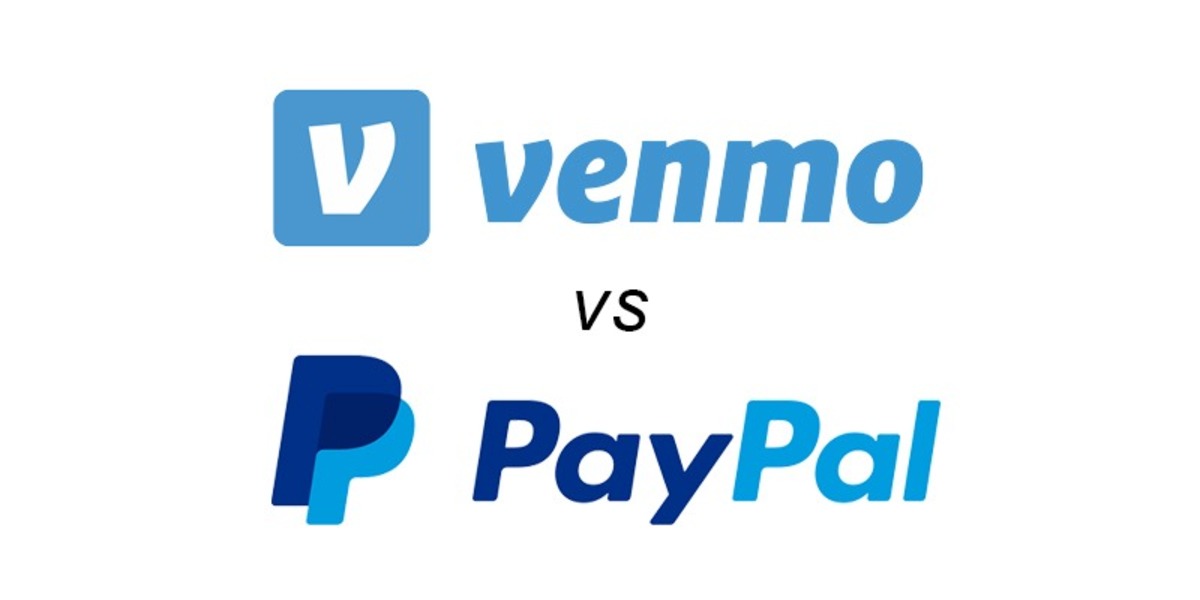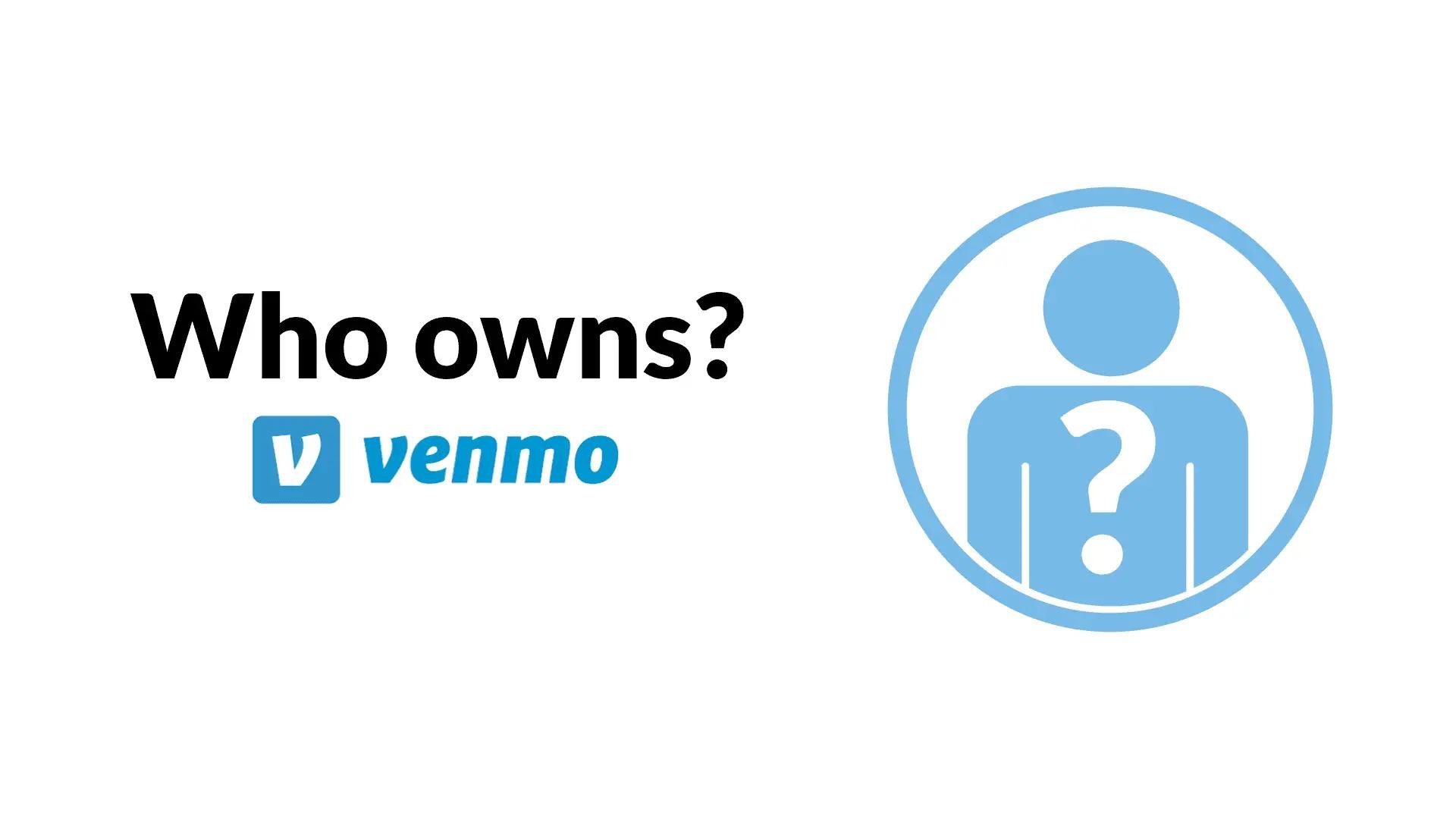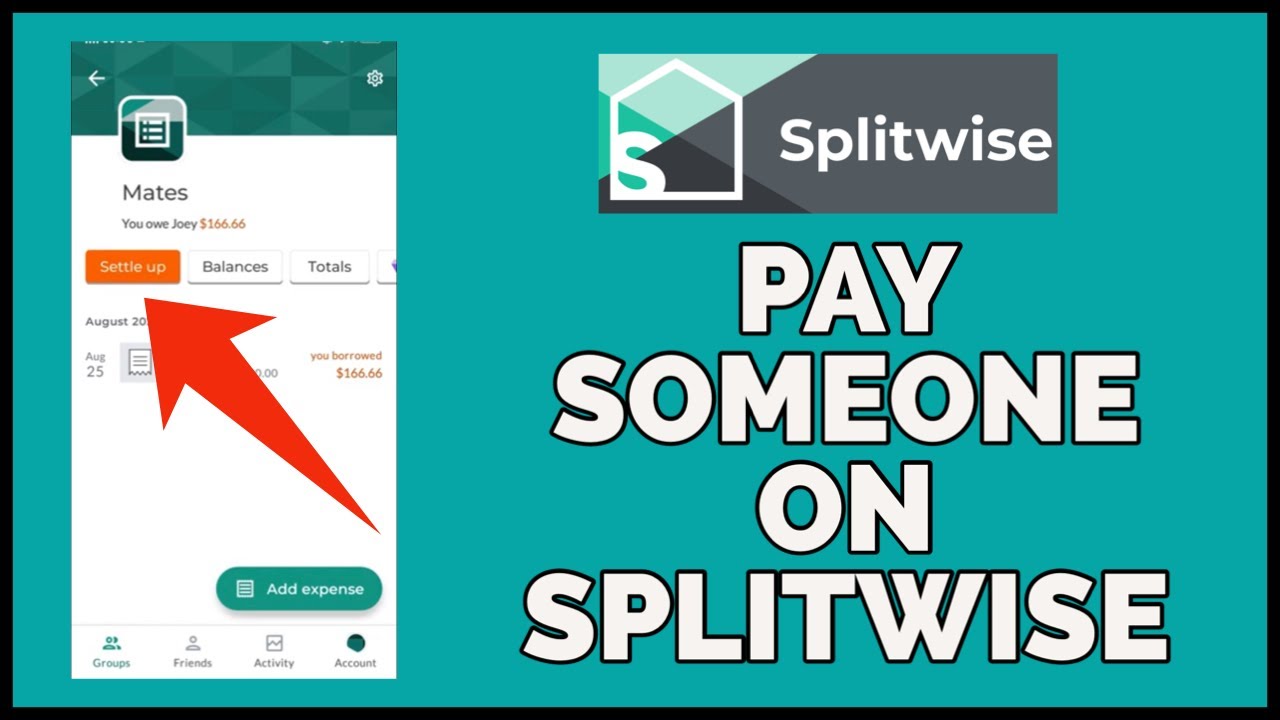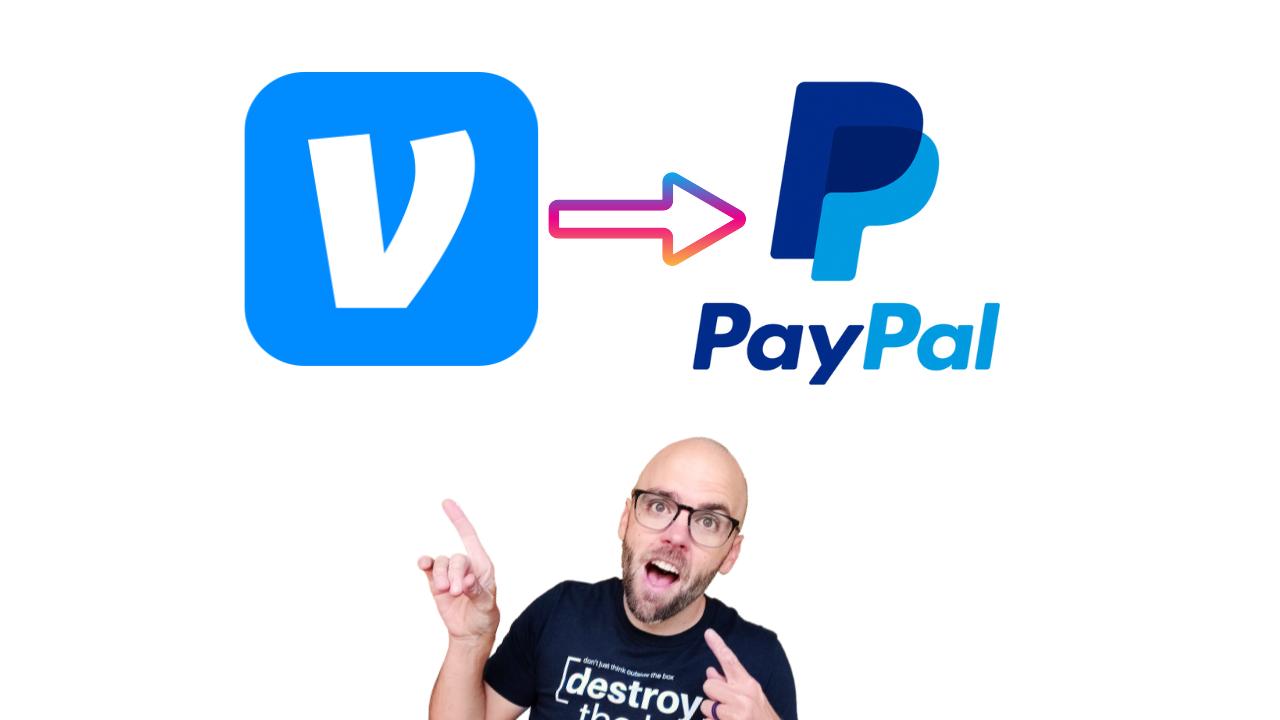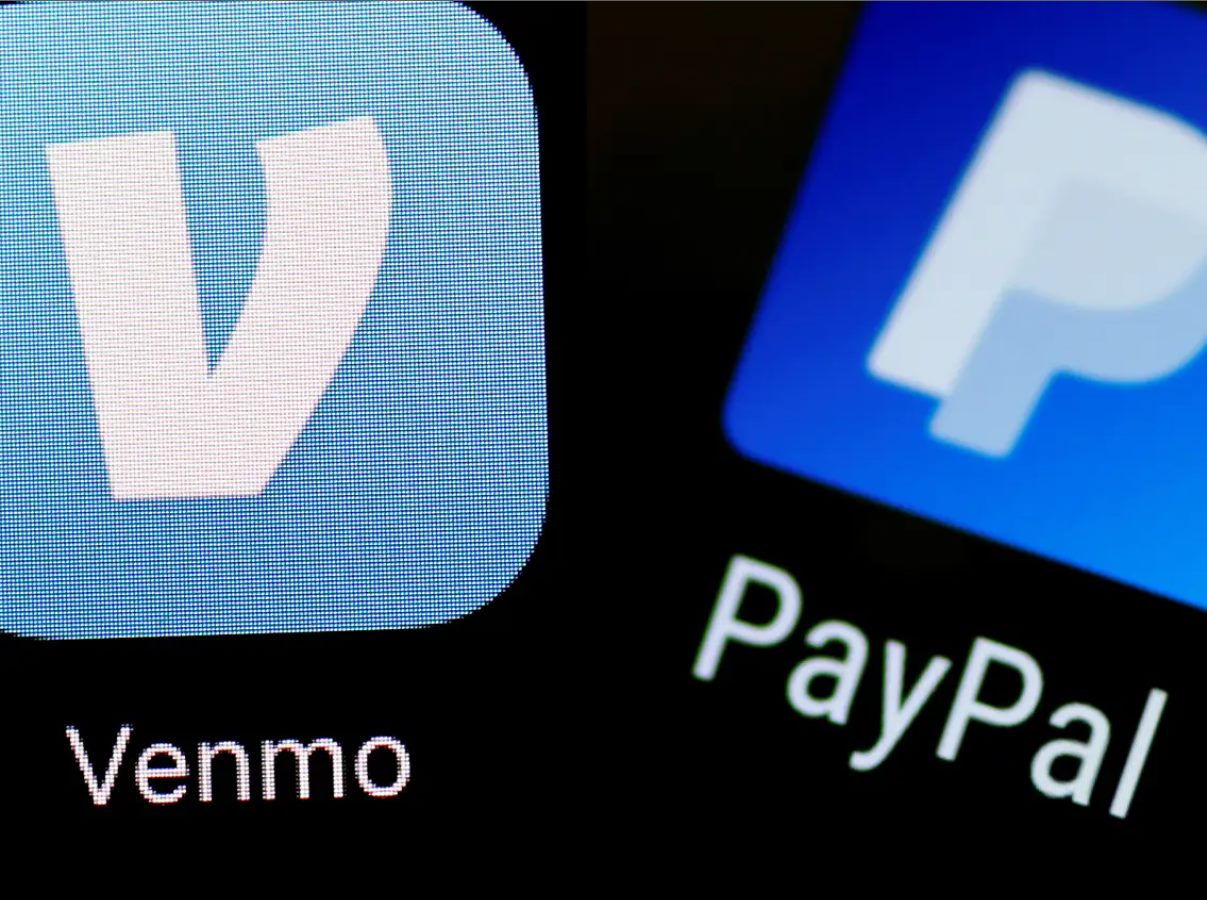Introduction
Welcome to the world of digital payments! With the rise of the digital age, traditional cash transactions are gradually being replaced by convenient and secure alternatives. Venmo and PayPal are two popular digital payment platforms that offer users the ability to send and receive money with just a few taps on their smartphones. However, when it comes to choosing between Venmo and PayPal, many people find themselves in a dilemma.
In this article, we will compare Venmo and PayPal, highlighting their key features, advantages, and limitations. By the end, you’ll have a better understanding of which platform may be the better choice for your specific needs.
Venmo, owned by PayPal, has become incredibly popular among younger generations due to its user-friendly interface and seamless social integration. It allows users to transfer money to friends and family, split bills, and make payments at various merchants. On the other hand, PayPal, with its long-established presence in the digital payment market, offers a broader range of services, including online shopping, international transactions, and business solutions.
As we delve deeper into the comparison, we will explore factors such as ease of use, security, fees, transfer speed, merchant acceptance, international accessibility, integration with other apps, and customer support. By considering these aspects, you can make an informed decision on whether Venmo or PayPal is the better payment platform for you.
Overview of Venmo and PayPal
Venmo and PayPal are both digital payment platforms that provide users with a convenient way to transfer money electronically. Despite being owned by the same parent company, they have distinct features and cater to different user demographics.
Venmo, launched in 2009, has gained immense popularity, particularly among millennials and Gen Z users. It offers a social element by allowing users to share payments and transactions with their friends on the app’s newsfeed. Venmo enables users to send money to individuals, split bills, and make payments to select merchants.
On the other hand, PayPal is a pioneer in the digital payment industry, established in 1998. It initially gained popularity as the primary payment method for eBay transactions but has since expanded to facilitate online payments across various platforms. PayPal offers a wide range of services, including consumer-to-consumer transfers, business transactions, online shopping, and support for international payments.
Both platforms are available as mobile apps and desktop websites, providing users with flexibility in accessing their accounts and making transactions. While Venmo has a more casual and social interface, PayPal emphasizes its robust security measures and versatility in accommodating different payment needs.
Overall, Venmo and PayPal offer different user experiences and cater to different segments of the market. Venmo appeals to younger users who value social interactions and simplicity in everyday transactions, while PayPal targets a broader audience with its extensive range of features for personal and business use.
In the following sections, we will delve deeper into the specific aspects of Venmo and PayPal to help you determine which platform is better suited to your payment requirements.
Ease of Use
When it comes to digital payment platforms, user experience plays a crucial role. Both Venmo and PayPal strive to provide intuitive interfaces and seamless navigation.
Venmo’s user interface is designed to be sleek and user-friendly, with a focus on simplicity. The app’s clean layout and colorful design make it easy for users to understand and navigate. Sending money to friends and family is as simple as typing their username, email, or phone number and entering the desired amount. Venmo also offers the option to add a note or emojis to personalize the transaction. The app’s social feature allows users to view and like their friends’ payment activities, adding an element of fun and interactivity.
On the other hand, PayPal offers a more extensive range of services, which can make its interface appear slightly more complex at first glance. However, once users become acquainted with the platform, navigating through various features becomes effortless. PayPal’s user interface is well-organized, with clear menus and options to facilitate different types of transactions. From sending money to friends and family to making online purchases or managing business transactions, PayPal provides a comprehensive and streamlined experience.
In terms of account setup, Venmo generally has a faster and more straightforward process. Users can easily link their bank accounts or debit cards to their Venmo accounts, allowing seamless transfers of money. PayPal requires a similar account setup process but might request additional verification steps for security purposes, which can take slightly longer.
Both Venmo and PayPal offer mobile apps that are compatible with iOS and Android devices. These apps provide users with convenient access to their accounts on the go, enabling quick and hassle-free transactions. Additionally, both platforms have responsive web interfaces, allowing users to access their accounts and perform transactions on their desktop or laptop computers.
In terms of ease of use, Venmo’s simple and social interface makes it a popular choice among younger users who prefer a more casual and user-friendly experience. PayPal, with its broader range of services and functionalities, may require a bit more initial familiarization but ultimately provides a comprehensive and efficient platform for various payment needs.
In the next sections, we will further compare Venmo and PayPal in terms of security, fees, transfer speed, merchant acceptance, international accessibility, integration with other apps, and customer support to give you a comprehensive overview of both platforms.
Security
When it comes to digital payments, security is of utmost importance. Both Venmo and PayPal prioritize the protection of user information and funds, employing various measures to ensure a secure transaction environment.
Venmo takes several steps to secure user accounts and transactions. The app requires users to set up a unique PIN code for added security when making transactions or accessing their account. Additionally, Venmo offers two-factor authentication, which provides an extra layer of protection by requiring users to enter a verification code sent to their registered mobile device. This helps to prevent unauthorized access to user accounts. Venmo also enables users to add a security question and answer that can be used for account recovery purposes.
PayPal, being an established player in the digital payment industry, has implemented robust security features over the years. The platform utilizes industry-standard encryption technology to safeguard personal and financial information during transactions. PayPal also offers two-factor authentication, allowing users to enable an additional security measure by linking their account to their mobile device for verification. Furthermore, PayPal continuously monitors transactions for potential fraudulent activity, utilizing advanced risk detection algorithms that help identify suspicious transactions and prevent unauthorized access to user accounts.
Both Venmo and PayPal offer buyer and seller protection programs to ensure user confidence in their transactions. These programs provide reimbursement or dispute resolution processes for eligible transactions that do not go as intended or involve fraudulent activity. Users can also report any suspicious activity or unauthorized transactions to the respective platforms for investigation and resolution.
It is important to note that while Venmo and PayPal take precautions to ensure secure transactions, users themselves play a vital role in maintaining security. It is advisable to use strong and unique passwords, regularly update account details, and exercise caution when sharing personal or financial information online.
In terms of security, both Venmo and PayPal demonstrate a commitment to protecting user accounts and transactions. With features such as two-factor authentication, encryption, and buyer/seller protection programs, users can feel confident that their money and personal information are safeguarded when using either platform.
Next, we will explore the fees, transfer speed, merchant acceptance, international accessibility, integration with other apps, and customer support offered by Venmo and PayPal to further aid your decision-making process.
Fees
Understanding the fees associated with digital payment platforms is essential when comparing Venmo and PayPal. While both platforms offer convenient money transfer services, they differ in their fee structures.
Venmo allows users to send and receive money for free when using their Venmo balance, bank account, or debit cards. However, if users choose to fund their Venmo transactions using a linked credit card, a 3% fee is applied to the transaction amount. Additionally, there might be fees associated with certain features, such as an expedited transfer option for faster delivery of funds. It’s important to review Venmo’s fee structure to ensure a clear understanding of any potential charges.
PayPal’s fee structure is more extensive due to its broader range of services. For personal transactions within the same country, sending money through PayPal is generally free when using the “send to friends and family” option. However, if the transaction is classified as a commercial transaction or involves international transfers, fees may apply. When it comes to receiving payments as a business, PayPal charges a nominal fee for each transaction, which varies based on the total transaction value and the specific services used. Again, it is important to review PayPal’s fee structure to ensure transparency and avoid any surprises.
It’s worth noting that both Venmo and PayPal may charge additional fees for certain transactions that fall outside the standard money transfer services. For example, if you use Venmo or PayPal for online shopping or business transactions, there may be fees associated with those activities, such as currency conversion fees for international purchases.
When considering fees, it is crucial to evaluate your specific payment needs and habits. If you primarily engage in personal transactions within the same country, both Venmo and PayPal offer free options. However, if you frequently engage in commercial transactions, international transfers, or utilize additional services provided by PayPal, it is essential to be aware of and consider the associated fees.
In the next sections, we will explore transfer speed, merchant acceptance, international accessibility, integration with other apps, and customer support to provide a comprehensive comparison between Venmo and PayPal.
Transfer Speed
The speed at which money is transferred is an important factor to consider when comparing Venmo and PayPal. Both platforms aim to provide efficient and timely transfers, but there are some differences to note.
Venmo offers two primary options for transferring funds: standard transfers and instant transfers.
Standard transfers are typically free and take 1-3 business days to process. This option is suitable for non-urgent transfers or when users are not in a rush to receive the funds. It’s important to keep in mind that transfers initiated during weekends or holidays may experience slight delays.
For those who require faster access to funds, Venmo offers instant transfers for a fee. With instant transfers, users can move their Venmo balance to their linked bank account within minutes. This feature can be particularly useful when immediate access to funds is necessary.
PayPal also offers different transfer options depending on the urgency of the transaction.
Standard transfers on PayPal typically take 1-3 business days. Similarly to Venmo, transfers initiated over weekends or holidays may experience slight delays. These standard transfers are generally free for personal transactions within the same country.
For faster transfers, PayPal offers an expedited transfer option called “Instant Transfer.” By linking a eligible debit card, users can enjoy near-instant access to their funds with a small fee. Instant Transfer is an ideal choice when the speed of the transaction is a priority.
It is important to note that transfer speeds may vary depending on various factors, such as the recipient’s bank processing times or any technical issues that may arise. Additionally, international transfers may take longer due to additional processing and currency conversion requirements.
When comparing the transfer speeds of Venmo and PayPal, it’s evident that both platforms offer options for both standard and faster transfers. If you require instant access to funds, Venmo’s instant transfer option may be more suitable, especially if you have a Venmo balance. However, PayPal’s expedited transfer option provides a faster solution for those using the platform for a wider range of transactions.
In the next sections, we will explore merchant acceptance, international accessibility, integration with other apps, and customer support to provide a thorough comparison between Venmo and PayPal.
Accepted by Merchants
When it comes to digital payment platforms, merchant acceptance is a crucial factor to consider. Having a wide network of merchants that accept a particular payment method ensures its usefulness and convenience in various transactions.
Venmo primarily focuses on person-to-person transactions and offers limited merchant acceptance compared to PayPal. While Venmo has been expanding its partnerships with select businesses, its acceptance among merchants is currently more limited. Users can make payments at certain brick-and-mortar and online merchants that have integrated Venmo into their payment options. The availability of the Venmo option at a specific merchant can be checked within the Venmo app or website, helping users easily identify where they can use the service. However, it’s important to note that the number of merchants accepting Venmo may be more limited compared to PayPal.
On the other hand, PayPal has a much broader acceptance among merchants, both online and offline. PayPal is widely accepted by thousands of online retailers and e-commerce platforms, making it a convenient payment option for online shopping. Many physical stores and businesses also accept PayPal, either by scanning a QR code or entering a unique merchant code. PayPal’s extensive acceptance network makes it a versatile payment method for a wide range of transactions, including purchases, bill payments, and business transactions.
The acceptance of PayPal by a vast number of merchants is largely due to its longstanding presence in the digital payment industry and its reputation for secure and reliable transactions. Businesses and merchants see the value in offering PayPal as a payment option to cater to a broader customer base.
While Venmo’s merchant acceptance is growing, it may be more suitable for users primarily looking to make quick and easy person-to-person transactions with friends or acquaintances. However, if you require a payment method that is widely accepted across various merchants, PayPal provides a more extensive network.
In the following sections, we will explore the international accessibility, integration with other apps, and customer support offered by Venmo and PayPal to facilitate a comprehensive comparison between the two platforms.
International Accessibility
For those who frequently engage in international transactions, the international accessibility of a digital payment platform is a crucial consideration. Venmo and PayPal differ in terms of their reach and availability in various countries around the world.
Venmo, primarily focused on the U.S. market, has limited international accessibility. Currently, the service is only available to users with a U.S. phone number, U.S. bank account, and U.S. residency. This restriction makes Venmo less suitable for individuals who frequently engage in international transactions or travel outside of the United States.
On the other hand, PayPal offers widespread international accessibility. It is available in over 200 countries and supports transactions in multiple currencies. This global reach makes PayPal an ideal choice for international money transfers, online purchases from international retailers, and conducting business across borders. Users can conveniently send and receive money from individuals and businesses worldwide, making PayPal a versatile and widely accepted digital payment solution.
In addition to its global accessibility, PayPal offers various features specifically designed for international transactions. These include the ability to handle multiple currencies, facilitate currency conversions, and provide support for international tax and customs regulations. PayPal’s extensive international presence and specialized features make it a preferred choice for individuals and businesses with global payment needs.
It’s important to note that while PayPal offers international accessibility, certain countries may have specific regulations or restrictions on the use of PayPal or digital payment platforms in general. It is advisable to review PayPal’s terms and conditions and the regulations of the specific countries involved to ensure compliance and a smooth cross-border payment experience.
Considering the international accessibility aspect, Venmo’s limitation to the U.S. market makes it less suitable for individuals requiring a digital payment platform for international transactions. PayPal, with its broad global reach and support for multiple currencies, offers a more comprehensive solution for international money transfers and international business transactions.
In the next sections, we will explore the integration with other apps, and customer support provided by both Venmo and PayPal to further aid in your decision-making process.
Integration with Other Apps
Integration with other apps is an important aspect to consider when comparing digital payment platforms. The ability to seamlessly integrate with popular apps and services enhances the convenience and versatility of a payment platform. Let’s explore how Venmo and PayPal fare in terms of integration with other apps.
Venmo offers a range of integrations with third-party apps, allowing users to easily connect their Venmo account and make transactions within these apps. Many popular apps, such as Uber, Grubhub, and Seamless, have integrated Venmo as a payment option, providing users with the convenience of paying for services directly through the Venmo app. Additionally, Venmo can be connected to certain budgeting and finance tracking apps, enabling users to track and manage their transactions in one place.
PayPal, with its long-established presence in the digital payment industry, offers extensive integration capabilities with various apps and services. PayPal is integrated as a payment option on countless e-commerce platforms, making it easy for online merchants to accept payments. Additionally, PayPal can be connected to popular online marketplaces, such as eBay and Etsy, allowing users to make seamless transactions. Furthermore, PayPal provides APIs and developer tools that enable businesses and developers to integrate PayPal into their apps, websites, and services for efficient payment processing.
It is important to note that while both Venmo and PayPal offer integration with other apps, the level of integration and availability may vary. Venmo’s integrations tend to be more focused on social and lifestyle apps, while PayPal has a wider range of integrations within the e-commerce and business sectors.
When considering integration with other apps, it is helpful to assess your specific needs and identify the apps and services that you frequently use. If you primarily use social and lifestyle apps or prefer a more casual payment experience, Venmo’s integrations may be better suited to your needs. However, if you require a payment platform that seamlessly integrates with a wide range of e-commerce platforms, online marketplaces, and business services, PayPal’s extensive integration capabilities provide a more comprehensive solution.
In the subsequent section, we will explore the customer support provided by Venmo and PayPal to further aid in your decision-making process.
Customer Support
When using a digital payment platform, having reliable customer support is crucial for resolving any issues or concerns that may arise. Let’s compare the customer support provided by Venmo and PayPal.
Venmo offers customer support primarily through its in-app Help Center. Users can access the Help Center to find answers to common questions, explore self-help resources, and learn more about using the app. Venmo also provides a contact form for users to reach out to their support team via email. However, it’s important to note that Venmo’s customer support is primarily focused on account-specific issues and does not have dedicated phone support available. Response times for email inquiries may vary based on the volume of inquiries received.
On the other hand, PayPal offers multiple channels for customer support. The PayPal Help Center provides comprehensive information and resources to help users resolve common issues and find answers to frequently asked questions. Additionally, PayPal offers phone support for urgent matters, allowing users to speak directly with a customer support representative. The availability and response times for phone support may vary depending on the user’s location and the specific nature of the inquiry.
PayPal also has a dedicated Resolution Center, which allows users to open cases and resolve transaction issues or disputes. This feature provides an additional layer of protection and assistance in handling any problems that may arise during transactions.
It’s worth noting that the level of customer support provided by both Venmo and PayPal may vary depending on factors such as the nature of the issue and the user’s account type. Additionally, both platforms have extensive online communities and forums where users can seek help and advice from other users.
When considering customer support, it is important to assess your individual needs and preferences. If having phone support and a more comprehensive customer support system is important to you, PayPal’s range of support options may be more suitable. However, if you primarily need assistance with account-specific inquiries and can rely on self-help resources, Venmo’s in-app Help Center should suffice.
In the next section, we will briefly summarize the key points discussed and provide a brief concluding statement.
Conclusion
After comparing the key features of Venmo and PayPal, it is clear that both platforms have their strengths and cater to different user needs. Here is a brief summary of the areas we explored:
Venmo, with its user-friendly interface and social integration, appeals to younger users and provides a convenient solution for person-to-person transactions. It offers simplicity, ease of use, and seamless integration with select merchants.
PayPal, with its extensive range of services and widespread acceptance, is suitable for a broader audience. It offers versatile features, international accessibility, integration with various platforms and services, and comprehensive customer support.
When making a decision between Venmo and PayPal, consider your specific requirements and preferences. If you primarily engage in person-to-person transactions and value social interactions, Venmo may be the better choice. On the other hand, if you require a versatile platform for personal and business use, international transactions, and extensive merchant acceptance, PayPal offers a more comprehensive solution.
Remember to consider factors such as security, fees, transfer speed, merchant acceptance, international accessibility, integration with other apps, and customer support when making your decision. Assessing these aspects will help ensure that you choose the payment platform that best aligns with your needs and preferences.
Ultimately, the choice between Venmo and PayPal depends on your individual circumstances and priorities. Both platforms provide convenient and secure digital payment options, so make your decision based on the features and functionalities that matter most to you.







